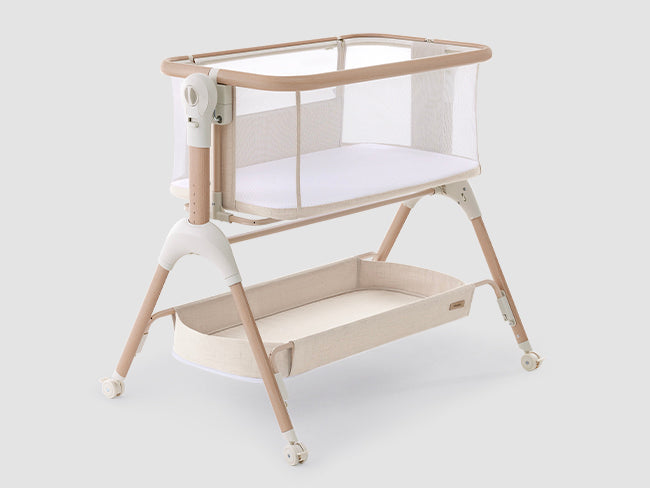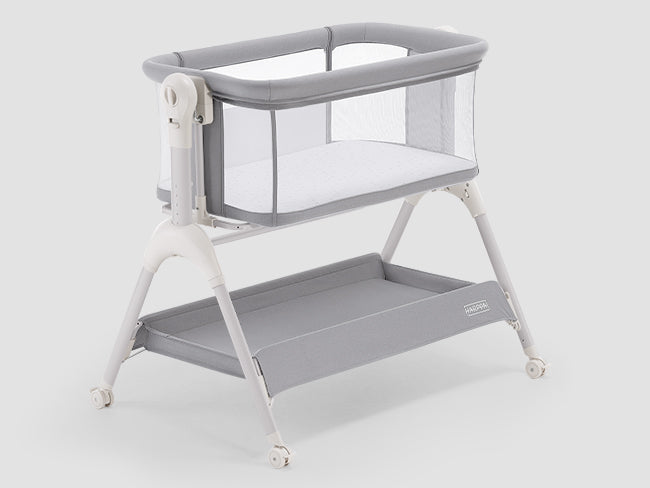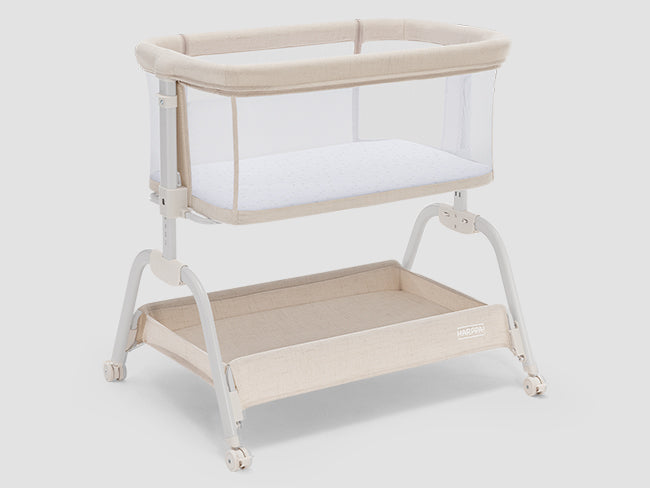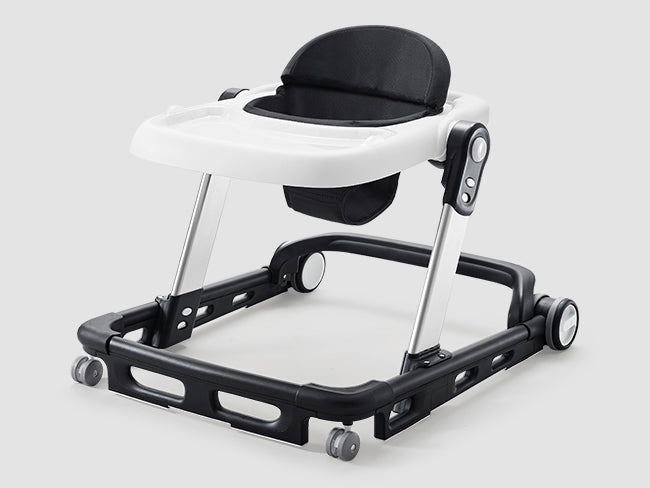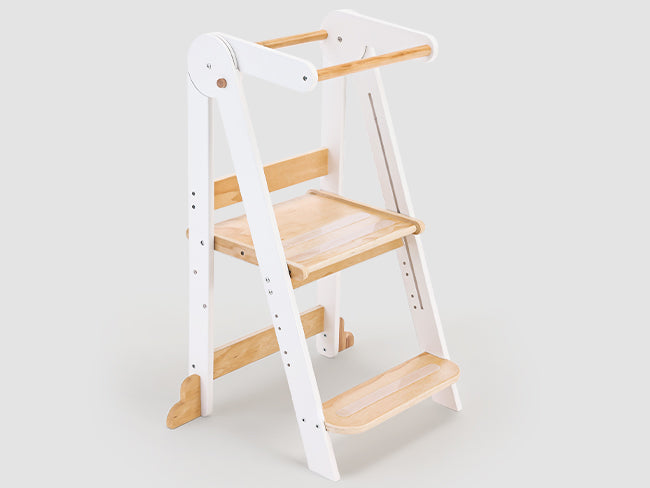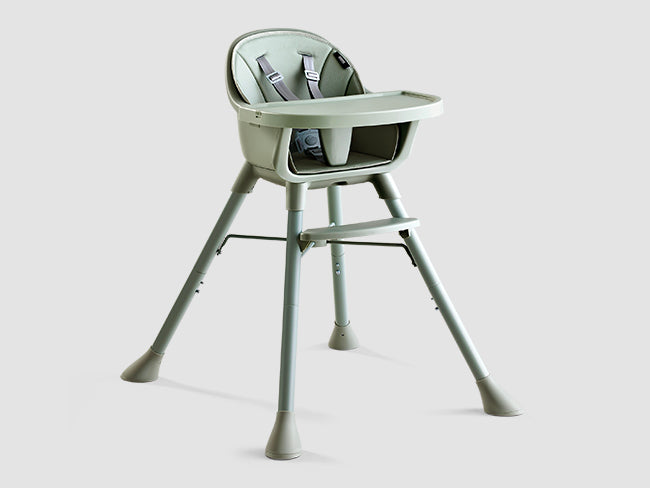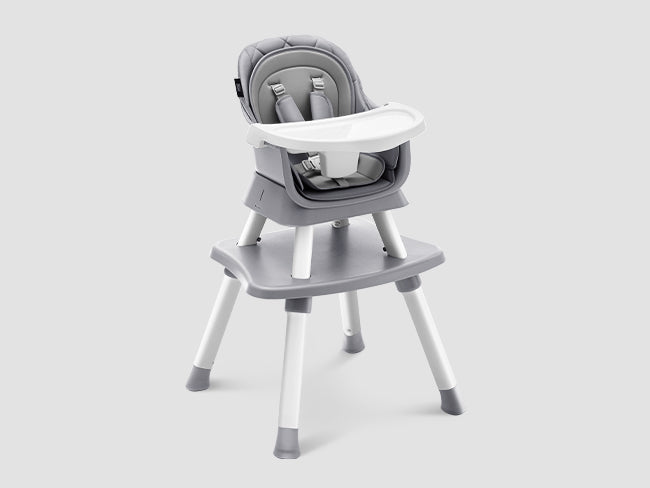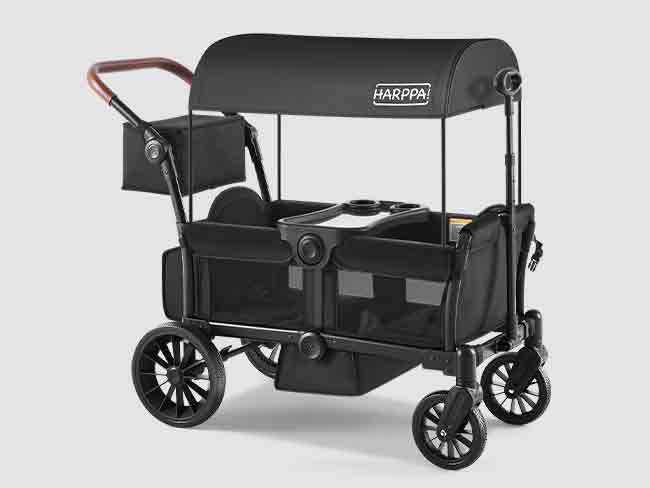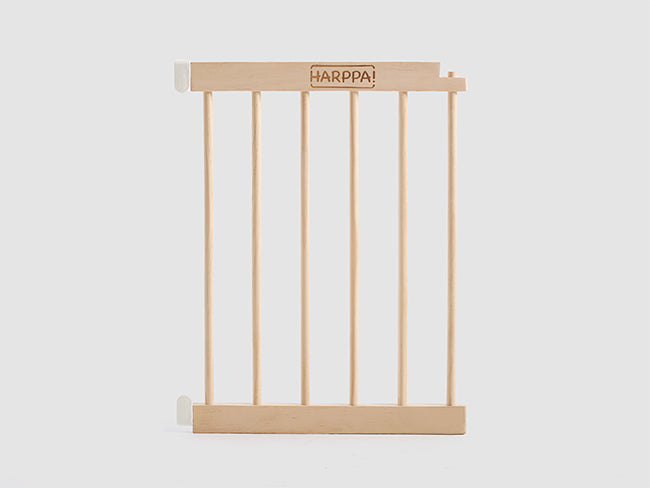Short winter hikes can be safe, fun, and educational for toddlers. Discover practical tips for equipment, clothing, rest breaks, and engaging activities.
Introduction
Winter doesn’t mean staying indoors! Short winter hikes and nature walks can be enriching for toddlers and their families. With proper planning, clothing, equipment, and rest breaks, these outings help children develop strength, coordination, and curiosity about the natural world.
1. Choosing Toddler-Friendly Trails
- Keep total hiking time between 30–60 minutes with frequent breaks.
- Prefer looped or flat trails; avoid steep, icy, or muddy paths.
- Choose well-maintained surfaces to reduce slipping hazards.
- Look for trails with benches, rest areas, or shelters.
Tip: Select familiar local trails or parks for safety and comfort, and choose paths with interesting natural features for toddler exploration.
2. Winter Clothing for Comfort and Safety
- Base layer: moisture-wicking clothes to keep skin dry.
- Middle layer: fleece or wool for insulation.
- Outer layer: waterproof and windproof jacket or snowsuit.
- Accessories: hat, gloves, scarf, warm socks, waterproof boots.
Tip: Bring extra gloves and socks, and choose shoes that are easy to put on and take off to encourage independence.
3. Essential Gear
- Toddler backpack with water, healthy snacks, spare gloves, and a small blanket.
- Baby carrier or winter-friendly hiking stroller for longer distances.
- Mini first-aid kit with bandages, wipes, and sanitizer.
- Communication tools (phone or walkie-talkie) for emergencies.
Optional: magnifying glass, nature journal, portable seat, or small binoculars to increase curiosity and engagement.
4. Planning Rest and Snack Breaks
- Stop every 10–15 minutes to hydrate and offer snacks.
- Use breaks for simple games or nature observations, such as counting pinecones, finding animal tracks, or listening to birds.
- Choose sheltered areas for resting, like under trees, benches, or small shelters.
Tip: Check your toddler’s hands and feet for warmth after each break. Provide easy-to-digest snacks at a comfortable temperature.
5. Winter Hiking Safety Tips
- Always supervise toddlers closely; don’t let them wander alone.
- Avoid icy surfaces or deep snow areas.
- Adjust your plan according to weather conditions, and be ready to return early if needed.
- Carry communication tools for emergencies.
- Teach toddlers basic safety rules, such as staying on the trail and avoiding steep slopes.
6. Fun and Educational Activities
- Nature scavenger hunt: find leaves, pinecones, icicles, or animal tracks.
- Sensory exploration: touch tree bark, feel snow, smell pine needles.
- Observe changes in snow, daylight, wind, or water flow.
- Interactive games: sing songs, tell short stories, or mimic animal movements.
Tip: Record observations in a “winter nature journal” and let toddlers help collect small items to develop responsibility.
7. Extra Snow and Ice Safety
- Wear boots with good traction on snow.
- Avoid thin ice or frozen water areas.
- Teach toddlers to recognize snow hazards, like slippery spots or hidden dips.
- Do not allow toddlers to play on frozen ponds or water surfaces.
Conclusion
Short winter hikes and nature walks provide toddlers with safe, enriching outdoor experiences. By choosing suitable trails, dressing appropriately, preparing equipment, and following safety measures, parents can create fun and memorable winter adventures. Even a short walk can turn into a meaningful learning opportunity, helping children explore nature, develop skills, and enjoy the season.


